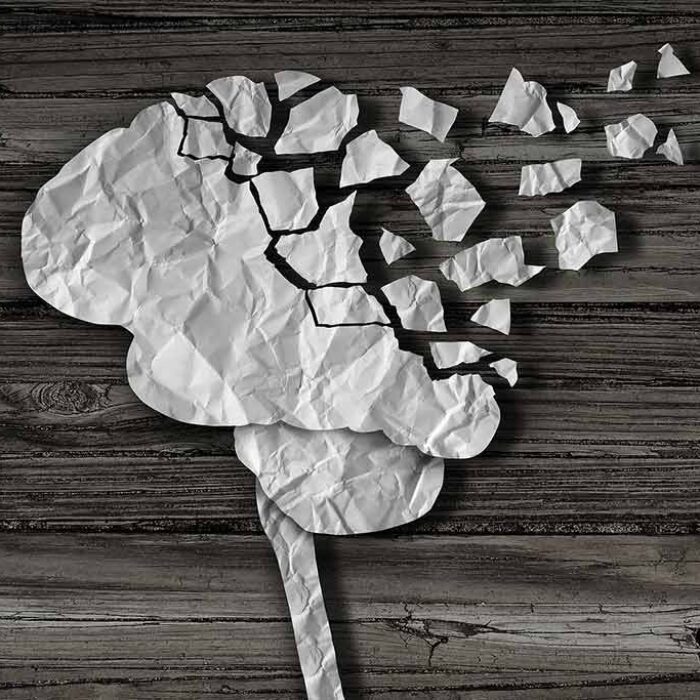What is an Opioid Antagonist?
Opioid antagonists are drugs that work by binding to the opiate receptors to block the effects of opioids. Unlike agonists, they do not provide people with euphoric effects, and they also do not alleviate pain. However, their binding capacity blocks the receptor sites where external opioids would typically go. Once binding occurs, it blocks the receptors which prevents the body from responding to opioid effects.
There are several opiate antagonist medications available including methylnaltrexone, nalbuphine, nalmefene, nalorphine, and nalorphine. However, Naloxone, naltrexone and Vivitrol are currently the most common antagonist medications used in the treatment of opiate addiction. Although some are used during detox and some for craving management all these antagonist drugs, have a substantial importance in the recovery result.
Opiate Agonists and Addiction
Opioid drugs are commonly the go-to medication doctors prescribe patients for the relief of moderate to severe pain. For example, codeine, oxycodone, morphine, and methadone are some of the most common ones. However, opiate drugs’ benefits are often short term because tolerance and dependence occur quite fast. Once Opioid Use disorder is present, more frequent and higher doses of opiates are necessary to provide the same effects.
Although some people attempt to quit cold turkey, very few succeed. The best option to quit opiate drugs is an inpatient medically assisted detox. When inpatient treatment is not available, doctors can try to help patients gradually taper off the medication to alleviate withdrawal symptoms and ease into recovery.
Medication-assisted treatment (MAT) mostly consists of opioid replacement therapy. The most common drugs in this type of treatment are buprenorphine-naloxone combination drugs (Suboxone) or methadone. Although these medications are usually safer than illicit opioids, they also cause dependence and addiction.
Buprenorphine-Naloxone Medications: The most common brands of buprenorphine/ naloxone drugs include buccal film (Bunavail), dissolvable tablets (Zubsolv), and a dissolvable film (Suboxone). Buprenorphine is also available on its own, but the medication that combines naloxone is much preferred in opiate addiction treatment because the antagonist lowers the risks of abuse. Additionally, Naloxone prevents the euphoric effects.
Opioid Agonist and Antagonist Differences
Opioid Agonists
Opiate agonists work as a catalyst in the nervous system. The most common ones are fentanyl, heroin, oxycodone, and morphine. These drugs work by attaching to the brain’s pleasure and pain receptors and producing a chemical reaction. This chemical reaction is what produces the feeling of euphoria. As a result, agonist drugs have a tremendous risk for abuse and addiction.
Opioid Antagonists
When people refer to antagonist drugs, they are usually talking about opiate blockers. Opioid antagonist medications are often used for emergencies, like an overdose, and in combination with buprenorphine (buprenorphine-naloxone medications) or for rapid detox treatments. Antagonist drugs such as naltrexone, naloxone, and Vivitrol prevent the chemical reactions opioids cause in brain receptors by working as opiate blockers. Additionally, in rapid detox procedures, they induce withdrawal. Antagonist drugs do not cause addiction, and more importantly, they are incredibly beneficial in preventing cravings.
Naloxone (Narcan)
Individuals frequently use Naloxone in medical emergencies to reverse or prevent opiate overdose. Physicians also use it via IV in anesthesia assisted opioid detoxification. Narcan is a semisynthetic opioid antagonist and presently the best tool in reversing the effects of an overdose. Following its use nasally, subcutaneously, or intramuscular injection, the reversal of opioid effects begins within seconds to a few minutes. Reversal effects continue for approximately 45 minutes.
Naltrexone HCL
A daily antagonist medication available in oral form. Common brand names are Revia and Naltrexone. This medication prevents relapse in people who have been struggling with opioid use disorder once they have successfully undergone detoxification. Importantly, it can only be taken when there are no opioid drugs present in the system. Taking naltrexone after successful detoxification, such as Waismann Detox™, can significantly help decrease the urge to use drugs. Naltrexone cannot be used in combination with opioids, including methadone. Doing so can lead to sudden and severe withdrawal syndrome.
Naltrexone can have mild to moderate side effects. For example, side effects of Naltrexone can include upset stomach, headache, restlessness, sleeplessness and muscle pain. Also, in rare cases, it can lead to eosinophilic pneumonia and liver toxicity. For those reasons, medical management of this prescription is necessary.
This medication has also been very effective in treating alcohol abuse and other compulsive behaviors such as overeating and gambling. It is best to take Naltrexone as part of a program that includes professional support for counseling and lifestyle changes.
Vivitrol
An extended-release injectable form of naltrexone. Vivitrol is a monthly injection, which the FDA approved in 2010 to treat opioid addiction. Although this injection is extremely helpful in preventing cravings and relapse, it should not be used when there are opioids in the body. Vivitrol also has great success in managing alcohol cravings. Like all other antagonist medications, Vivitrol has no risks for physical dependence or addiction.
Getting Opioid Use Disorder Help
Waismann Method® opioid specialists have been effectively using antagonist medication for over two decades. After medically assisted detox, patients have the opportunity to start naltrexone or Vivitrol therapy immediately.
If you or someone you care about is struggling with opiate addiction, give us a call. Let the medical professionals from the Waismann Method® provide you with the best available treatment options. Don’t suffer for another day. Effective help is available for you and those you care about.
Waismann Method® Disclaimer: The information we provide is in no way, shape, or form intended to substitute professional medical advice, diagnosis, or even treatment. At no time should this information substitute your physician’s or another qualified healthcare provider’s advice.














